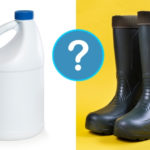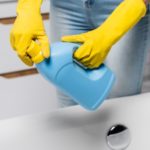We’ve all seen toilets that are full of bright blue water thanks to just how many households rely on cistern blocks to keep their toilets fresh. Whilst they might seem like an easy way to keep toilets fresh, clean, and smelling pleasant, they can be quite harmful to toilets.
In fact, the manufacturers of some toilets have even started including labels advising against the use of cistern blocks.
What Are Cistern Blocks?
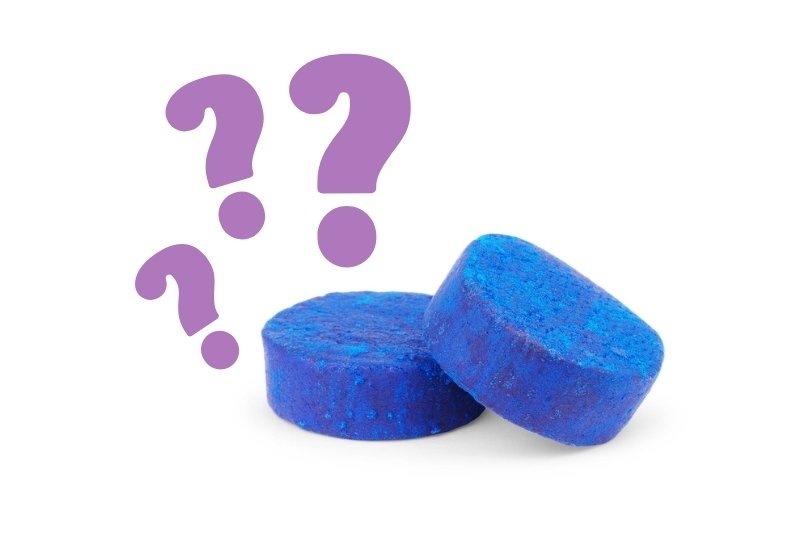
Cistern blocks are solid chemical blocks that are usually brightly coloured and designed to be put in the cistern of the toilet. When the toilet is flushed, the block dissolves a little, colouring the water and leaving the toilet fresh and sanitised.
In addition, cistern blocks are designed to reduce the build-up of limescale, which can help keep your toilet bowl cleaner for longer.
Whilst cistern blocks have been a common product for years, and the sight of bright blue water is something we are all familiar with, things aren’t as good as they seem, and cistern blocks can damage some components in the toilet.
Damage to Valves
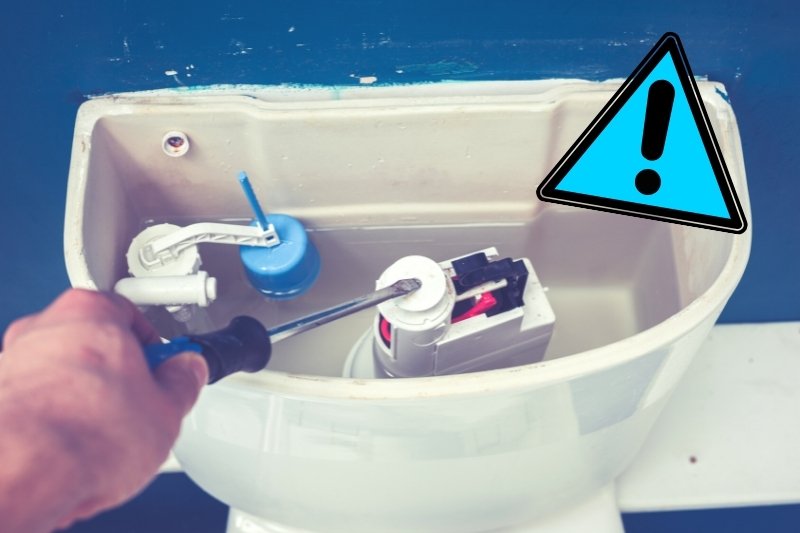
One of the most crucial parts of a toilet is the flush valve. This valve is what helps water move into the toilet. However, the harsh chemicals that are in some cistern blocks to cut through the nasties in the toilet bowl can either start to corrode the flush valve, or break into chunks and get stuck in it.
Cistern blocks aren’t always the only factor in damaged valves. This issue can also be caused (or simply sped along) by hard water and the age of the toilet.
If the flush valve is either damaged or has debris stuck in it, you will find the valve either won’t open, or will be stuck open. This will mean you either end up with a toilet that won’t flush, or one that won’t stop flushing.
Other Concerns
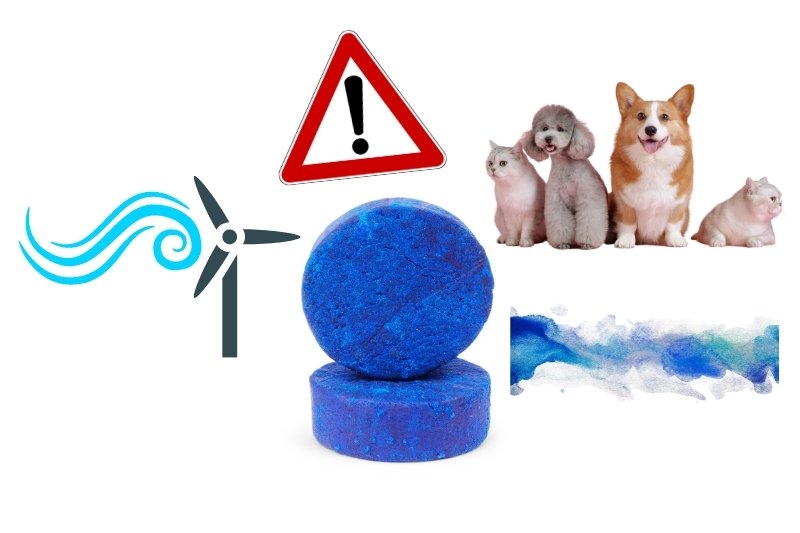
In addition to potentially damaging or blocking up your toilet, there are additional problems that cistern blocks can cause.
The chemicals in these blocks end up consistently released into the air in your home, which can end up being harmful to both you and the environment.
If you have pets that like to stick their heads in the toilet bowl no matter how many times you try to stop them, cistern blocks could take a toll on their health.
Cistern blocks tend to be very brightly coloured, which might make your toilet bowl look nicer, however if the water splashes onto carpet or light-coloured fabrics, it can stain.
Alternatives to Cistern Blocks
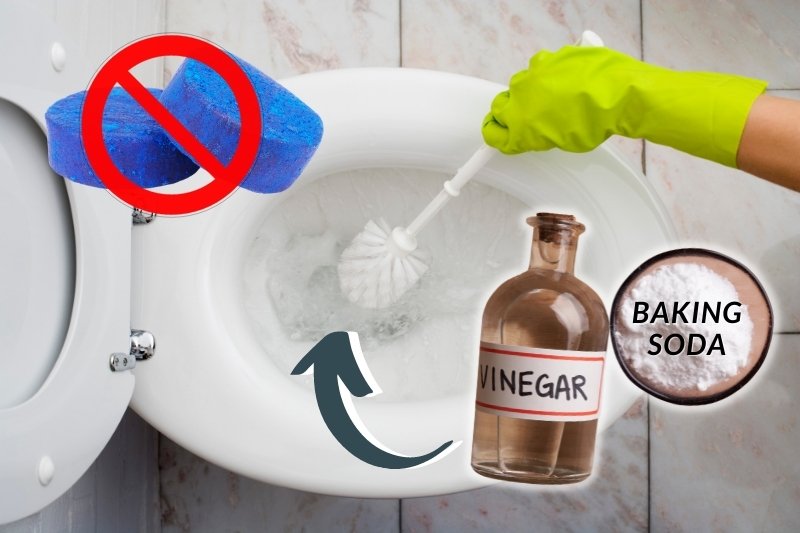
If you want to use something to keep your toilet fresh but not typical cistern blocks, there are now more gentle, natural alternatives available on the market. “Green” toilet cleaners use non-toxic chemicals that will sanitise your toilet without risking the environment or damaging the toilet itself.
Alternatively, regularly cleaning the toilet bowl using bicarbonate of soda and white vinegar will help keep your toilet fresh. Simply sprinkle the sides with a cup of bicarbonate of soda, then pour a cup of white distilled vinegar into the toilet bowl. Put the lid down, and leave it for 30 minutes.
Scrub the bowl with a toilet brush, then flush the toilet to finish. Repeat the process once a week to keep the toilet fresh and sanitary, without the need for a cistern block.

Lover of coffee, painting, and all things cute and fluffy. I’m always on the lookout for easier, more gentle ways to tackle awful household chores.


